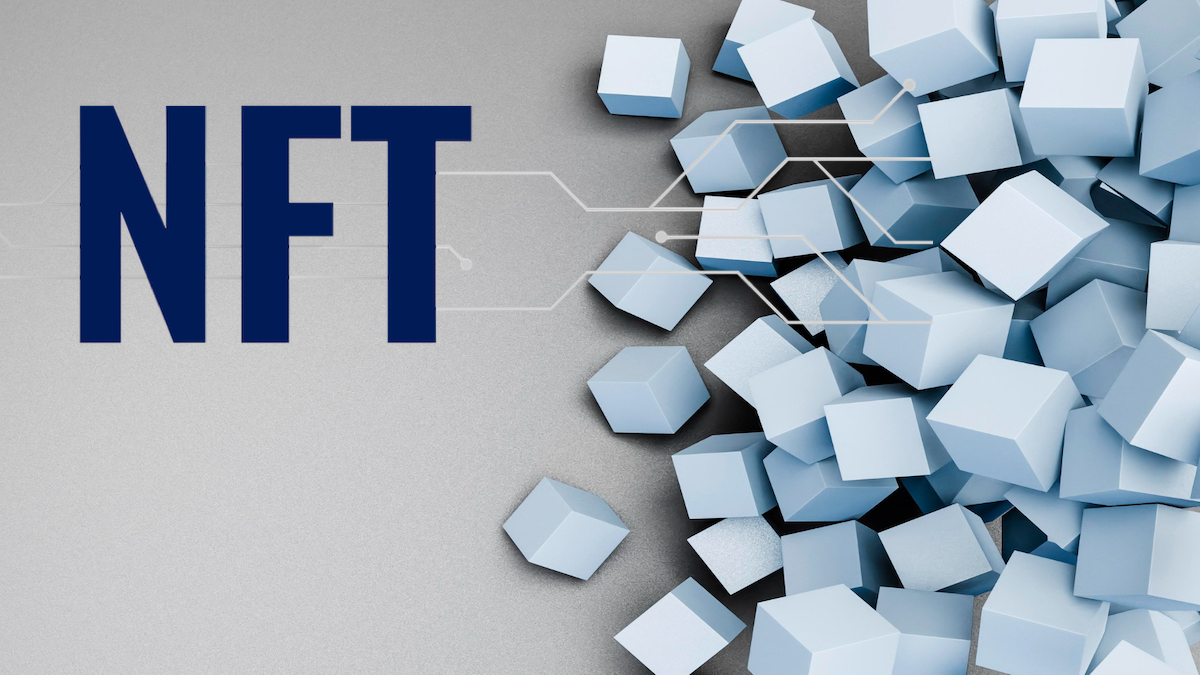Fractional NFTs, or non-fungible tokens, have emerged as a new way to invest in high-value assets like real estate, fine art, luxury goods, and rare items. By splitting a single NFT asset into smaller pieces, fractionalization allows partial ownership of an NFT. This makes it possible for investors who wouldn’t be able to purchase the total asset to receive a share of it.
The Process of Creating Fractional NFTs
Fractional NFTs can be created on any blockchain capable of running smart contracts and deploying non-fungible token formats. Ethereum is the most popular blockchain, and it’s used to create fractional NFTs.
The first step in creating a fractional NFT is to mint an original single asset as an NFT in an ERC-721 format. The asset is then locked in a smart contract to prevent it from being transferred. Next, various parameters like the number of total fractions, each fraction’s price, and other relevant information to be included in the metadata are defined.
The code then splits the original ERC-721 asset into a predefined number of fractional tokens as ERC-20, which are interchangeable tokens like cryptocurrencies. Each token represents an equivalent share of the original NFT. The newly created ERC-20 tokens can then be sold or transferred, enabling partial ownership of the original asset.
Fractional NFTs are a relatively new concept, but some web3 platforms, protocols, DAOs, and other NFT-related dapps have already adopted them. For example, Fractional.art enables the minting of NFTs as fractional NFTs, as well as buying and selling NFTs from historical collections as fractions. The platform hosts one of the most iconic NFTs of all time: the Doge, which was acquired by PleasrDAO, a well-known collective investment DAO, in 2021 for $4M via an NFT auction. PleasrDAO later fractionalized it into 16,969,696,969 pieces, which can be bought on Fractional.art. At the time of writing, the valuation of the whole asset is around $11.8M, and there are over 10K unique owners.
Another fractional NFT platform is Otis. In addition to art, it hosts other collectibles, such as sneakers and rare books. Some prominent examples of fractional NFTs hosted on Otis include Chromie Squiggle #2241, an asset from the very first project by the generative art platform Artblocks, the Jordan 1 Metallic Red sneaker, and the first edition, the first printing of Harry Potter and the Philosopher’s Stone.
Fractionalization of Assets
Real estate is another domain where the fractionization of assets can be helpful. Vesta Equity, a home equity marketplace, allows homeowners to tokenize their properties and investors to build a portfolio of residential equity, all thanks to the fractional NFTs that run on the Algorand blockchain.
The wine and spirits industry is also among the early adopters. For instance, UniCask fractionalizes premium whisky casks as NFTs. The first UniCask collection issued a 1991 vintage cask of a high-value single-malt Scotch whisky. Another beverage-related platform leveraging fractional NFTs is Crurated, which releases curated NFT drops from fractional barrels of fine wine.
Improved Market Liquidity
Fractionalizing NFTs can improve market liquidity by making it easier to buy or sell small parts of expensive assets. This makes the NFT asset class more accessible, and with more participants, liquidity improves.
New ways of mitigating the illiquidity of NFTs via fractional counterparts are emerging. On Unicly, it’s possible to convert NFTs into fractional ERC-20 tokens called uTokens and provide liquidity on the protocol’s DEX by locking them.
In Conclusion
Fractional NFTs are a new way to invest in high-value assets and are becoming increasingly popular. They allow for partial ownership, making it possible for investors who wouldn’t be able to purchase the total asset to receive a share of it. Fractional NFTs have been adopted by several platforms, protocols, DAOs, and other NFT-related apps like Fractional.art and Otis. They’ve been used for a wide range of assets, including fine art, collectibles, real estate, and even premium whiskey casks and fine wines. With the potential to improve market liquidity, fractional NFTs are shaping up to be a promising asset class.

